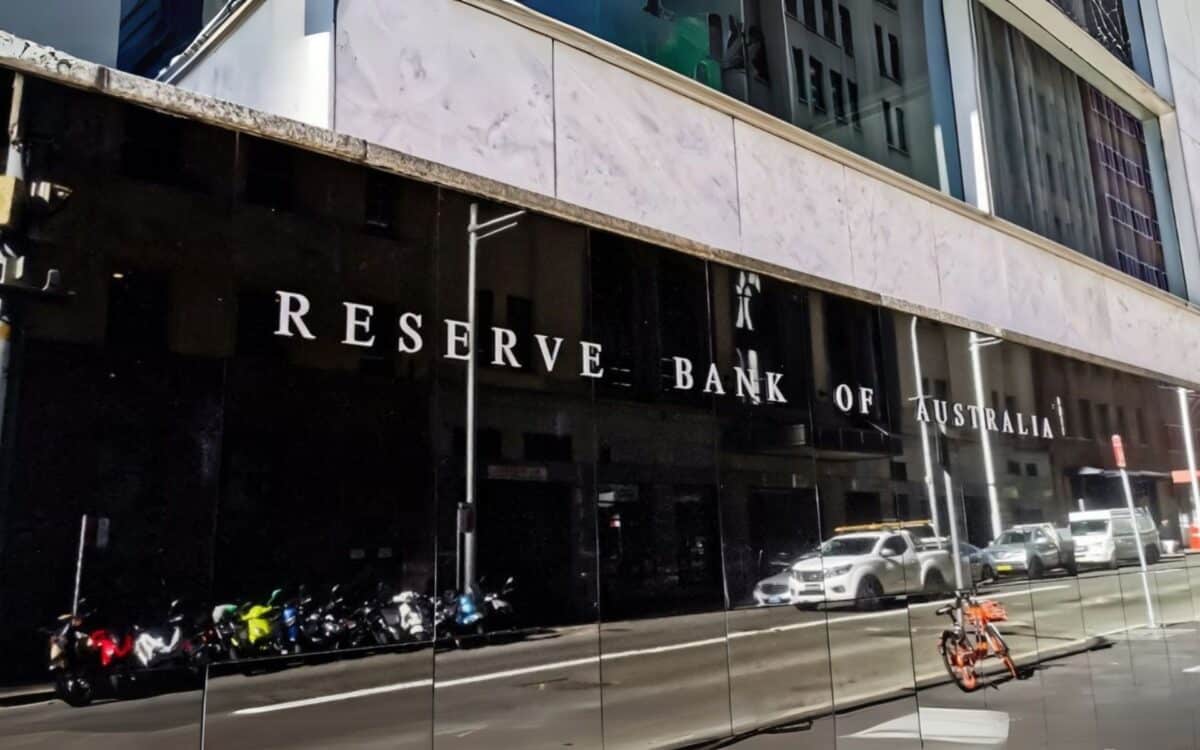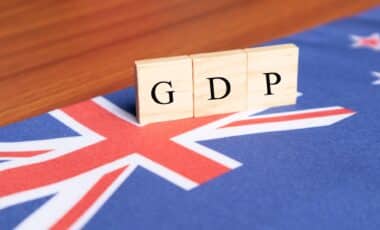The Reserve Bank of Australia (RBA) is considering a significant interest rate cut at its upcoming meeting on May 20, 2025, in light of changing economic conditions and the ongoing global uncertainties. While the central bank has maintained the cash rate at 4.10% for now, experts predict that a reduction to 3.85% is the most likely outcome.
However, some financial analysts believe the RBA may go further, potentially reducing the rate by 50 basis points, to 3.60%. The rate cut is seen as a response to external economic pressures, including escalating trade tensions, particularly with the United States, which could push the RBA to act more aggressively.
According to 9news, the evolving economic landscape, marked by a volatile global market, suggests that more cuts could follow later in the year if conditions worsen.
Market Expectations Reflect Growing Concerns
Financial markets are already pricing in the likelihood of at least a 25-basis-point rate cut in May, with an 82% chance of a more substantial reduction. This expectation stems from ongoing economic challenges, particularly the impact of trade tensions and global financial market volatility.
According to Diana Mousina, AMP‘s deputy chief economist, one of the primary factors influencing the RBA’s decision is the escalating trade conflict with the United States.
If President Donald Trump extends tariffs, this could exacerbate global trade slowdowns, which would directly impact Australian exports, particularly to non-US countries.
Australian GDP growth may slow a little if lower global trade growth harms Australian exports to non-US countries – Mousina wrote. Such economic disruptions may prompt the RBA to adopt a more aggressive monetary policy stance.
Rba’s Potential Response to Recession Risks
Mousina further explains that if the impact of tariffs on Australian growth and financial markets is more severe than expected, the RBA could adopt a faster and more aggressive rate-cutting cycle.
We expect another 25 basis point rate cut in both May and August this year, with the cash rate ending 2025 at 3.6 per cent before eventually declining to 3.1 per cent in 2026 based on our inflation and growth forecasts – Mousina said.
However, she also noted that in response to worsening economic conditions, potentially as a result of the U.S.-imposed tariffs,
A 50-basis-point rate cut can’t be ruled out at the May board meeting as a form of insurance against any recession risks.
Despite these forecasts, Mousina acknowledged that the RBA may need to act more swiftly if signs of a recession or financial turmoil become clearer.
The RBA may be forced to be more aggressive in reducing interest rates in the short-term if the threat to global growth worsens, the hard data deteriorates and there is a clearer sign of a recession or turmoil in financial markets – she added.
Market Concerns and Potential Rate Cut Triggers
Although the triggers for such a scenario have not yet been met, Mousina emphasized that they are drawing closer.
But the triggers for this scenario have not been met yet, although we are getting close and money markets are starting to price in this risk.
This growing uncertainty, fueled by trade war tensions and global market volatility, continues to shape expectations for the RBA’s future monetary policy decisions.
While the central bank has not yet discussed the possibility of such a cut, external factors like the ongoing trade dispute with the US could force a change in strategy.









